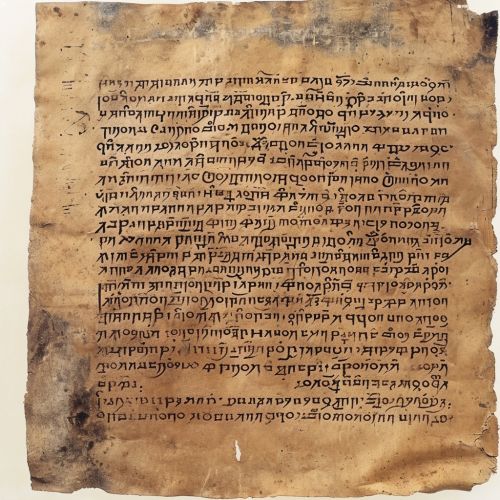History of the Cyrillic script
Origins and early development
The Cyrillic script is named after Saint Cyril, a missionary from Byzantium who, along with his brother, Saint Methodius, created the Glagolitic script. The brothers were sent by the Byzantine Emperor Michael III in 863 to Great Moravia to spread Christianity among the West Slavs in the area. The mission was both political and religious. The Cyrillic script was developed in the First Bulgarian Empire and spread across Eastern Europe.


Spread of the Cyrillic script
The Cyrillic script spread with the Christianization of the Balkans and the Slavic peoples. It was later adopted by non-Slavic peoples in Eastern Europe and Central Asia. The spread of the Cyrillic script to the east led to the development of the Old Church Slavonic language into the Church Slavonic language, which is still used in the Russian Orthodox Church.
Modern Cyrillic alphabets
The modern Cyrillic alphabets consist of numerous variations, with some languages adding or omitting certain letters. The Russian alphabet, for example, consists of 33 letters, while the Bulgarian alphabet has 30 letters. Other languages using the Cyrillic script include Serbian, Macedonian, Ukrainian, Belarusian, and many others.
Influence and legacy
The influence of the Cyrillic script extends beyond the realm of writing systems. It has played a significant role in the cultural and political development of Eastern Europe and Central Asia. The script has also been used as a symbol of national identity, particularly in the Slavic countries of Eastern Europe.
